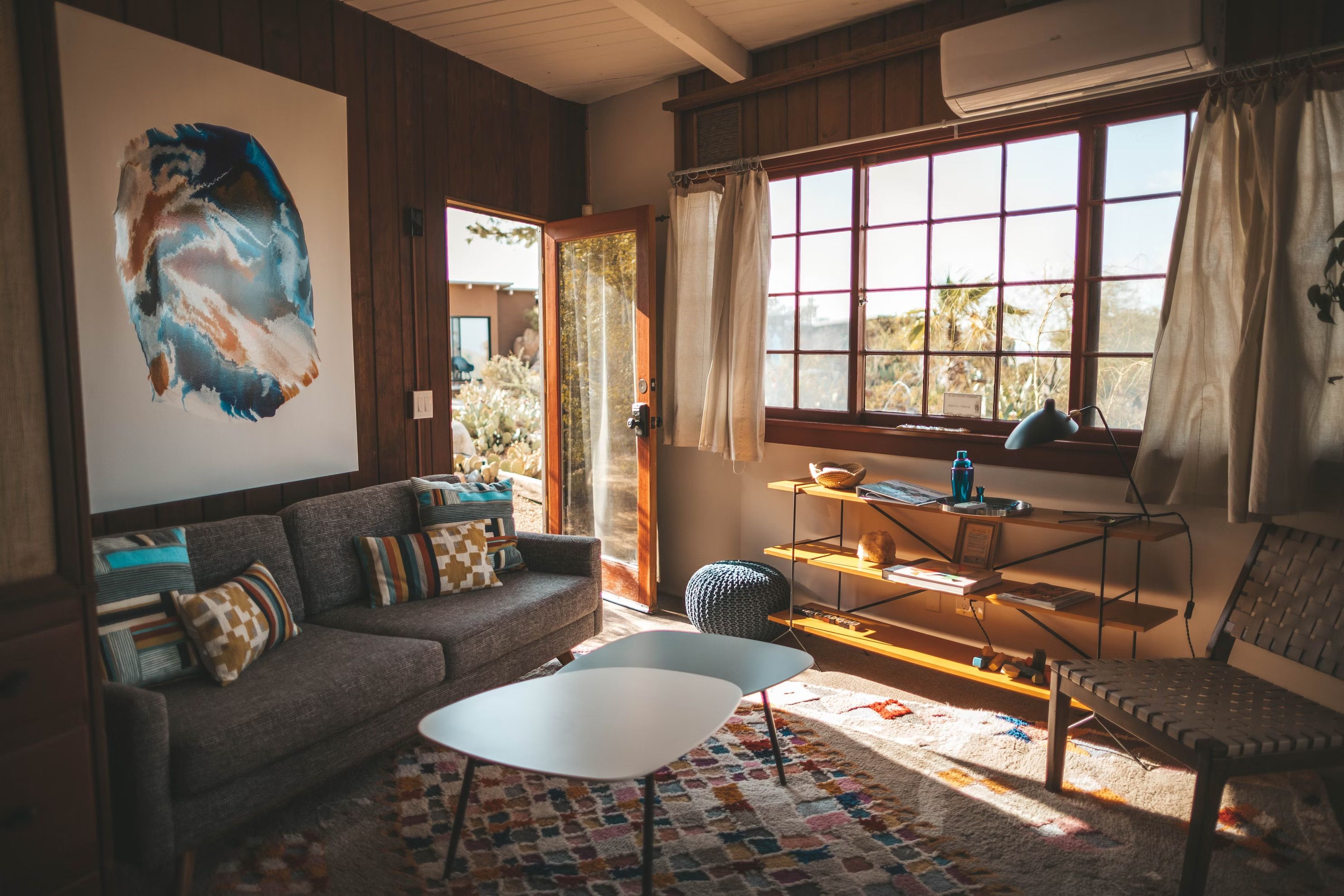Discover Tile Grout & Mortar
Spoken matches tile grout and mortar across 100s of stores to find you the best price.



Category Overview
Introduction
Tile grout and mortar serve as the unsung heroes of home design, crucial in creating seamless, attractive spaces that enhance both comfort and functionality. They are essential for securing tiles in place while filling gaps to prevent moisture damage, ensuring longevity in areas like kitchens, bathrooms, and outdoor patios. By offering a polished finish to your tiled surfaces, grout and mortar not only solidify your functional spaces but also elevate your decor—making everyday moments at home more enjoyable.
Functionality
The primary function of tile grout is to fill the joints between tiles, creating a sturdy hold while preventing dirt and moisture accumulation. Mortar acts as an adhesive layer beneath tiles, anchoring them securely to the substrate. These materials are essential in various rooms; for example, they protect wall tiles in wet environments like showers and add slip resistance in kitchens. Unique features include water-resistant formulations ideal for high-moisture areas and colored grouts that can transform plain tiles into striking focal points.
Design & Style
Tile grout is available in numerous colors ranging from classic white to deep charcoal or vibrant hues that complement tile designs. Mortar can vary significantly based on its composition—cement-based options are common due to their strength and versatility while specialized mortars exist for specific applications like glass or natural stone tiles. You may find modern glossy finishes suitable for minimalist aesthetics or rustic textures aligning with farmhouse styles. Personalizing these elements allows you to create cohesive designs that echo your home’s overall theme—whether that's contemporary chic or traditional warmth.
Practical Considerations
When selecting tile grout and mortar, consider factors such as room size, usage needs (e.g., high traffic vs. decorative), and material durability. Ensure you choose a grout type appropriate for the area; sanded grout is often recommended for wider joints while unsanded is great for narrow ones. Additionally, avoid common mistakes like underestimating expansion joints in large installations or failing to match grout color with your tile choice effectively—doing so can lead to unexpected aesthetic results.
Comparison and Alternatives
When comparing materials, one common debate is between cement-based versus epoxy grouts; while cement-based options are easier to work with and cost-effective, epoxy grouts offer superior stain resistance but at a higher price point and complexity of application. Regarding mortar types—thin-set versus medium bed mortars—the former is ideal for most ceramic tile installations due to its flexibility and ease of use while the latter provides additional support for heavier tiles or stones.
Trends and Popular Items
Current trends show an increasing interest in using darker-colored grouts which create dramatic contrasts against lighter tiles; this bold style adds depth to spaces like kitchens or bathrooms without overwhelming them visually. Additionally, rapid advancements have introduced flexible mortars designed specifically for environments prone to movement or temperature fluctuations—ideal for outdoor patios or sunrooms where expansion occurs frequently. In summary, investing time into the selection of quality tile grout and mortar not only assures durability but plays a pivotal role in enhancing the beauty of your spaces—a small yet significant detail that can truly transform your home environment into a harmonious retreat.